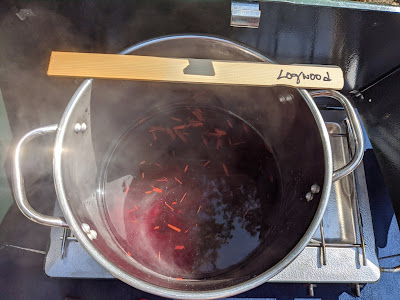One benefit of the COVID-19 pandemic and sheltering in place, is that I’ve rediscovered my own library, including some volumes that have languished on the shelves for decades. One of these unread volumes is Connections, by Jame Burke (Little, Brown and Company, Boston, 1978). Connections is the companion book to the popular PBS television series of the same name. My husband and I enjoyed the series in our youth, and I’ve always wanted to read the book. What better time!
Connections is about technological change, and looks at important innovations that were current in 1978 (and continue to be important in 2020 in their evolving state). The innovations include: the atomic bomb, the telephone, the computer, production line manufacturing, the aircraft, plastics, the guided rocket, and television. Burke looks at each of these as a family of similar devices, and explores each as closely connected events stretching from the ancient world to the present day. Every innovation acts as a trigger of further change.
For example, Burke asserts that the plow is the first man-made trigger that kicked off every other innovation to follow (increased productivity, united communities, administration of surplus food, storage systems, record keeping, mathematics, and so forth). The plow itself came about because of a change in weather. These changes each fostered additional changes.
Even though the book is over 40 years old, the ideas continue to be relevant and the history if fascinating. I especially appreciated Burkes challenge of traditional history, which typically focuses either on the genius “hero inventor”, such as Thomas Edison; a particular era, such as the Renaissance; or a theme, such as transportation. Instead he acknowledges the small innovations and discoveries that occur every day, by ordinary people, often in completely unrelated fields. When the time and need is right, these innovations are combined to push technology forward. I recommend Connections for anyone interested in the ideas of the past, which have brought us to where we are today, and are the springboard for the big ideas of the future.
Connections is about technological change, and looks at important innovations that were current in 1978 (and continue to be important in 2020 in their evolving state). The innovations include: the atomic bomb, the telephone, the computer, production line manufacturing, the aircraft, plastics, the guided rocket, and television. Burke looks at each of these as a family of similar devices, and explores each as closely connected events stretching from the ancient world to the present day. Every innovation acts as a trigger of further change.
For example, Burke asserts that the plow is the first man-made trigger that kicked off every other innovation to follow (increased productivity, united communities, administration of surplus food, storage systems, record keeping, mathematics, and so forth). The plow itself came about because of a change in weather. These changes each fostered additional changes.
Even though the book is over 40 years old, the ideas continue to be relevant and the history if fascinating. I especially appreciated Burkes challenge of traditional history, which typically focuses either on the genius “hero inventor”, such as Thomas Edison; a particular era, such as the Renaissance; or a theme, such as transportation. Instead he acknowledges the small innovations and discoveries that occur every day, by ordinary people, often in completely unrelated fields. When the time and need is right, these innovations are combined to push technology forward. I recommend Connections for anyone interested in the ideas of the past, which have brought us to where we are today, and are the springboard for the big ideas of the future.




































